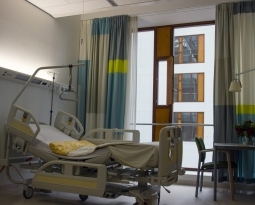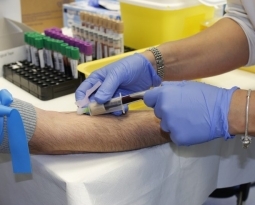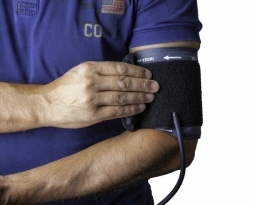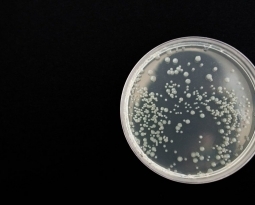Texas Patent of the Month – October 2021
Robots are becoming more and more a part of our daily life. Maidbot, Inc. knows all about integrating robots into our lives. They’ve been working onc creating cost-efficient, sage, and effective robotic solutions for the hospitality industry. Their primary product, Maidbot, was designed to decrease the labor and time needed to clean a room, empowering management with data, and improving the room attendant and guest experiences.
Recently, Maidbot, Inc. developed an automated robot alert system to further improve their product. When robots are working in concert with humans, the robot needs to be able to notify people of important alerts. But simply emitting a noise may not be enough. If the robots are working out of hearing range, or if the human is working with a fleet of robots, some more detailed alerts may be needed.
Their alert system includes a robot server that receives data from the robot’s many sensors. If there is a fleet of robots, all their sensor data can be routed to a single server. Alongside the sensor data, the server receives location data. The sensors include devices that measure or detect conditions of either the environment or the robot – from obstacles to errors. Sensors such as accelerometers, gyroscopes, velocity, and positioning sensors. With a series of logic and rules, alerts are controlled. An alert rule creation module allows the robot to send alerts when certain criteria are met or triggered. When triggered, an alert is sent to the server to notify staff members of the issue.
For instance, a robot’s humidity sensor may begin reading 100%. The robot sends the humidity readings, current room, current location in the room, and the temperature reading to the robot server. Based on this information, the robot server may identify a wet area of the room based on where the humidity data exceeds the threshold. If, in this example, the robot determines there is a small wet spot close to the AC unit in the room, it can send an alert detailing the issue to the relevant maintenance staff. With this simple yet effective alert system, the time and labor needed to effectively clean and maintain a residence or commercial building is significantly reduced.
Are you developing new technology for an existing application? Did you know your development work could be eligible for the R&D Tax Credit and you can receive up to 14% back on your expenses? Even if your development isn’t successful your work may still qualify for R&D credits (i.e. you don’t need to have a patent to qualify). To find out more, please contact a Swanson Reed R&D Specialist today or check out our free online eligibility test.
Who We Are:
Swanson Reed is one of the U.S.’ largest Specialist R&D tax advisory firms. We manage all facets of the R&D tax credit program, from claim preparation and audit compliance to claim disputes.
Swanson Reed regularly hosts free webinars and provides free IRS CE and CPE credits for CPAs. For more information please visit us at www.swansonreed.com/webinars or contact your usual Swanson Reed representative.

















